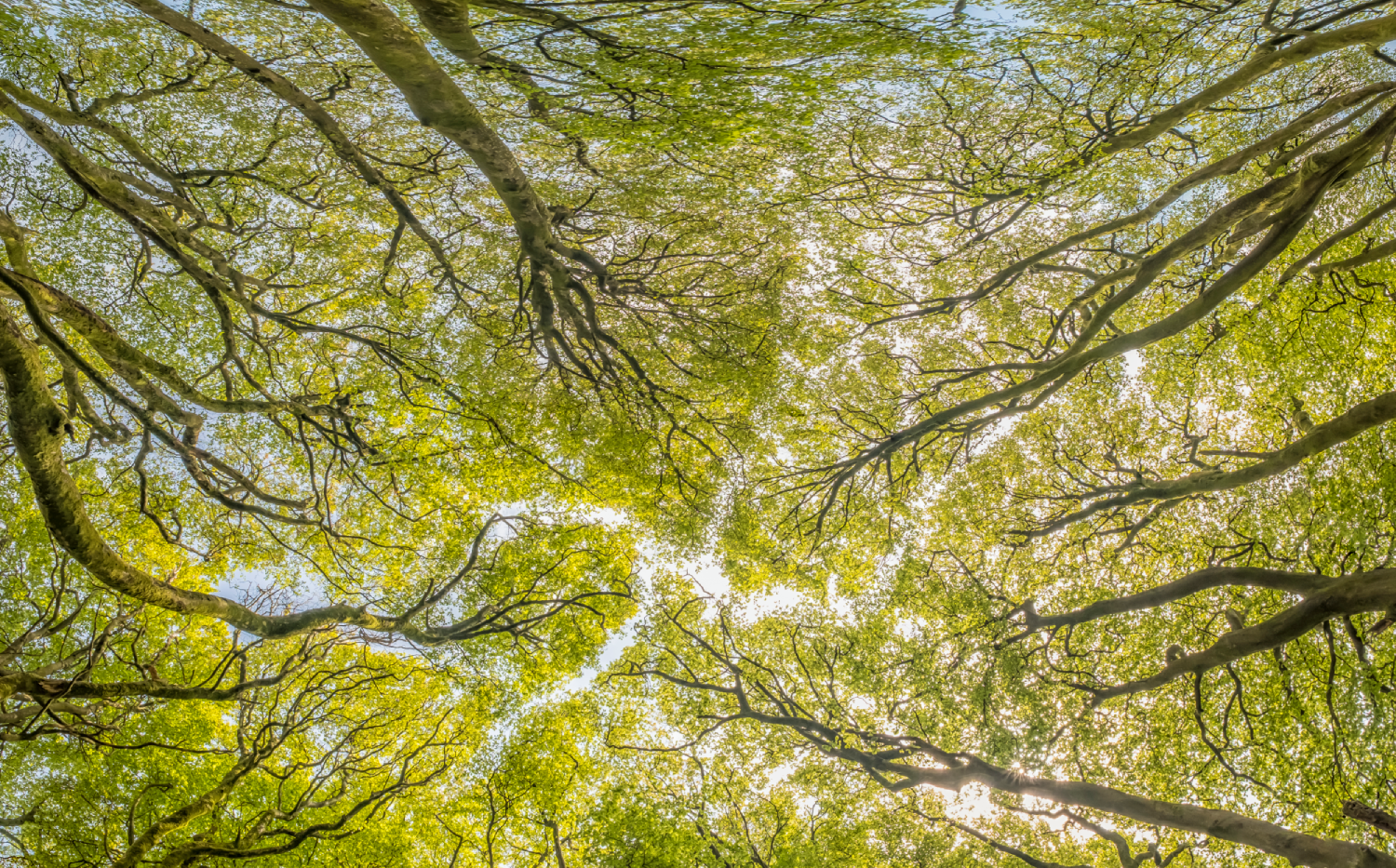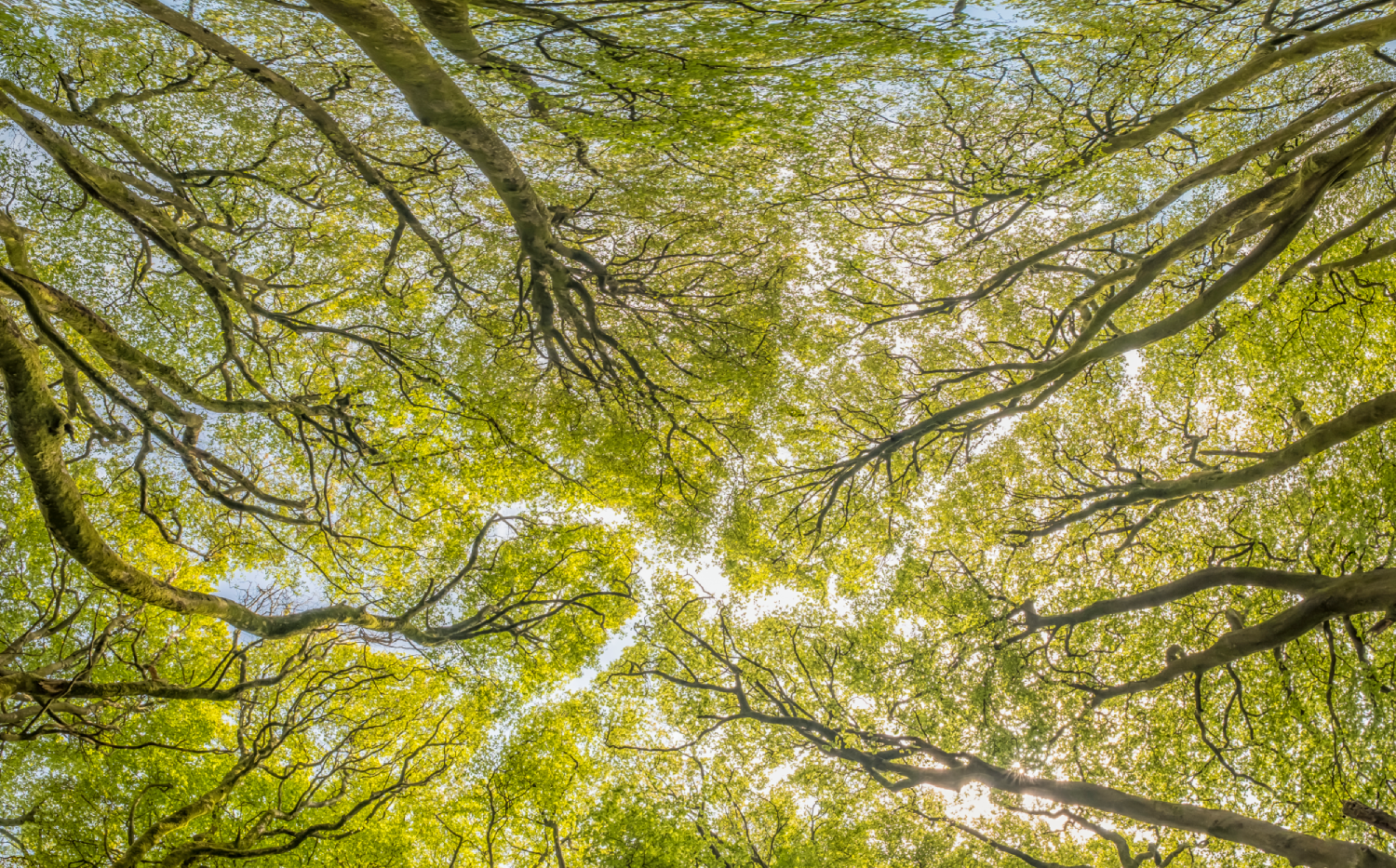
Is Government giving up on nature in protected landscapes?

Image credit: Shaun Davey
The Government has one last chance in this Parliament to act to recover nature in National Parks and Areas of Outstanding Natural Beauty, warns Campaign for National Parks, Wildlife Trust, and the Royal Society for the Protection of Birds.
The article coincides with the publishing of a letter co-signed by over 35 scientists and experts, calling on the Government to accept amendments in the Levelling Up and Regeneration Bill so Protected Landscapes can do more for nature.
The Levelling Up and Regeneration Bill returned to the House of Lords this week, and with it comes the best – and possibly, the last − chance for legislative reforms that this Government has itself said are urgently needed to drive nature’s recovery in National Parks and Areas of Outstanding Natural Beauty (AONBs). So why is the Government suddenly so reticent to deliver these vital changes?
In the wake of the ambitious new Global Biodiversity Framework agreed at CBD COP15 in December, dozens of scientists, academics and landscape experts have written to the Prime Minister calling for action to secure the progress that will be needed to meet the UK’s international and domestic commitments for nature. Specifically, the letter asks Government to amend the Levelling Up and Regeneration Bill to deliver legislative reforms to the purposes, duties and management of protected landscapes (National Parks and AONBs).
These changes were first proposed in 2019 by the Landscapes Review led by Julian Glover, who is one of the signatories to the new letter. The Government’s response to the review last spring acknowledged that these landscapes are not designated primarily for nature conservation and stated a clear intention to legislate to amend National Park and AONB purposes to give a stronger mission to deliver for nature, and to strengthen duties on public bodies to help deliver these purposes.
Worryingly this intention is notably absent from the Government’s recently published Environmental Improvement Plan (EIP), leading to fears that Ministers may be rowing back on the commitment for legislative reforms. The EIP instead focuses on updates to protected landscapes guidance and policy which, while welcome are in no way a substitute for the magnitude of change that is needed to unlock the potential for nature recovery in these landscapes.
The EIP’s silence on legislative reform for protected landscapes is all the more baffling given the plan sets out a range of key national targets for nature recovery, including protecting 30% of land and sea for nature, and halting the decline of species abundance by 2030. To stand any chance of meeting these targets, National Parks and AONBs – covering 25% of England and containing huge areas of potential for habitat restoration and creation and nature-friendly farming – are going to need to punch well above their weight.
If the legislative framework for protected landscapes is strengthened to enable these areas to fulfil their potential for nature recovery, large portions of these areas could contribute to the 30×30 target and support species recovery across the countryside. The influential ‘Making Space for Nature’ report led by Professor Sir John Lawton – also a signatory to today’s letter – recognised back in 2010 that protected landscapes had a very important role to play in improving networks for nature; but also that they were not currently fulfilling this potential.
Over 70 years after the first National Parks and AONBs were identified for designation, it is clear that their elevation to protected landscape status has failed to effectively protect wildlife. Vulnerable species continue to disappear, with corncrakes, water voles and golden eagles becoming extinct in the Lake District National Park in recent decades. While National Parks and AONBs contain a large proportion of sites designated for nature such as Sites of Special Scientific Interest (SSSI), Campaign for National Park’s analysis shows that SSSIs in National Parks fare no better than the wider countryside, with only a quarter of the SSSIs in these areas are in ‘favourable condition’, compared to a national average of 38%.
Recent BirdCrime reports show many protected landscapes, especially in upland areas, are hotspots for illegal persecution of birds of prey with their ‘protected’ status failing to safeguard birds such as hen harriers and peregrine falcons.
The reasons for these failures are well understood. National Park Authorities and AONB teams have been woefully under-resourced, their core budgets from Government now slashed to the bone such that some are warning of an “existential crisis”. Initiatives to protect nature are too often reliant on short-term project funding as a result. Intensive land management practices, including overgrazing and upland burning, are primary drivers behind poor condition of habitats and loss of species, yet the landscape bodies do not currently have effective levers and resources to influence what happens on the majority of National Park and AONB land that is outside of their direct control.
There is tremendous appetite for change not only from the protected landscape bodies, scientists and experts, but also from the public who want protected landscapes to be richer in nature. In a recent survey over two thirds of people said increasing wildlife should be the top priority for National Parks and AONBs, rising to three quarters among those who live within these landscapes. In December, a letter to the Prime Minister from almost 50 protected landscape associations, access and environmental organisations also made clear the breadth of support for these uncontroversial and widely supported changes.
The Government may point to an enhanced general duty on public bodies to deliver for biodiversity, set out in the Environment Act, and claim that this will give National Parks and AONBs the licence they need to make nature a greater priority. But this duty – which requires authorities “from time to time consider… action” simply won’t be strong enough to achieve the transformative, sustained and targeted actions that will make a real difference. National Parks and AONBs need to be given a strong primary purpose to restore and enhance nature, with clear and explicit duties on public bodies to take action in support of this purpose.
The Levelling Up and Regeneration Bill offers the golden opportunity (and the last chance in this parliamentary session) to write this into legislation; and with the Bill returning to the House of Lords, Lord Randall of Uxbridge – with cross-party support − has laid an amendment (amendment 387) that would do just that. Whether the Government takes this urgent opportunity will prove a significant test of its real commitment to bend the curve of nature loss in England.
This piece was written by:
Jo Smith, Chief Executive, Derbyshire Wildlife Trust
Meriel Harrison, Senior Policy Officer (sites), RSPB
Ruth Bradshaw, Policy and Research Manager, Campaign for National Parks
Go here to find out more about the campaign, the scientist letter to the Prime Minister, and how you can get involved.
